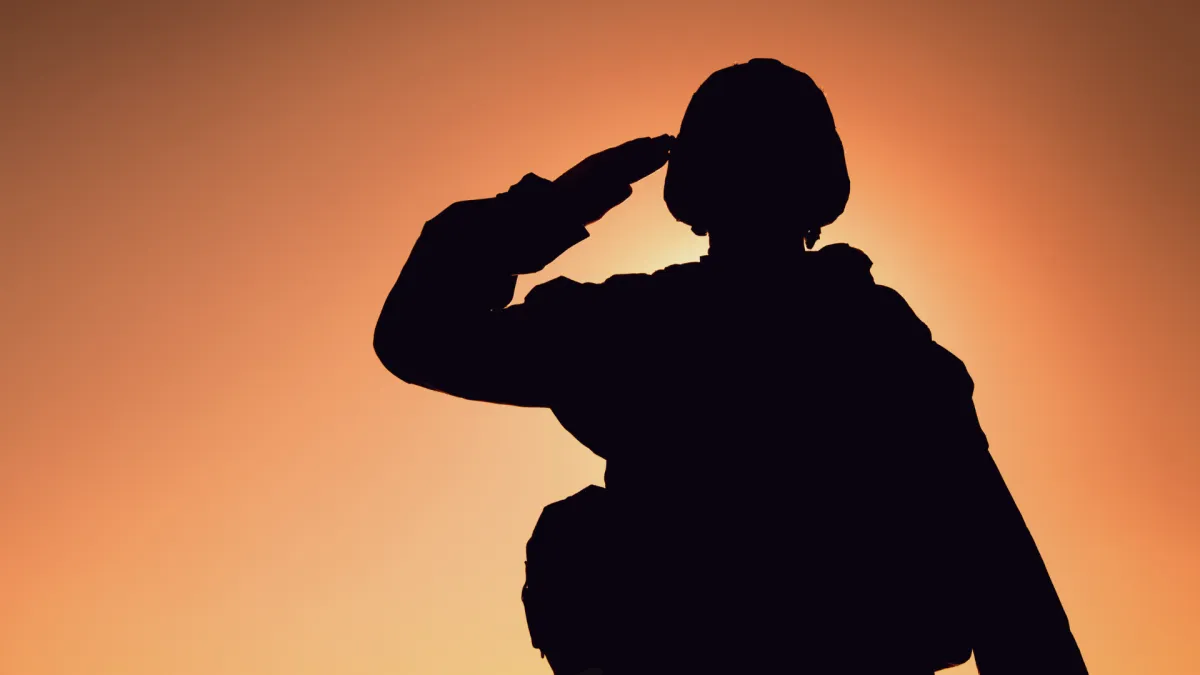
Beyond the Uniform: How Female Veterans Can Rebuild Their Leadership Identity in Civilian Life
The transition from military to civilian life presents unique challenges for veterans. While military service develops exceptional leadership skills, the shift from commanding others to leading yourself requires fundamental mindset changes and new practical approaches to wellbeing.
Redefining Leadership Beyond Rank Structure
Military leadership operates within clear hierarchies and defined responsibilities. Female veterans often discover that their most valuable leadership trait isn't authority—it's their ability to help others navigate life's challenges. This helper mentality translates powerfully into civilian contexts, but requires reframing.
The Mindset Shift: Leadership isn't about commanding compliance; it's about empowering others to move forward. Whether leading one person or an entire organization, the core remains helping others overcome obstacles and achieve their potential.
The Hidden Cost of Empathy
Military leadership often involves intense emotional investment in team members' lives. Unlike corporate environments where leaders focus primarily on work performance during business hours, military leaders carry 24/7 responsibility for every aspect of their service members' wellbeing—from work challenges to family crises.
This comprehensive care can create profound empathy but also emotional exhaustion. Female veterans frequently describe feeling everything their team experienced, losing sleep over their soldiers' problems, and carrying emotional burdens that extended far beyond professional responsibilities.
The Mindset Shift: Empathy is a leadership strength, but it requires boundaries. You can understand someone's struggle and provide resources without absorbing their emotions as your own. Distance doesn't diminish care—it preserves your capacity to help effectively.
Breaking the Compartmentalization Trap
Military culture requires compartmentalization as a survival mechanism. Leaders learn to separate emotions, experiences, and aspects of themselves to function under pressure. While effective short-term, this approach creates long-term challenges when suppressed experiences resurface during transition.
Many female veterans discover they spent years putting aside emotional processing, believing they were handling stress effectively. The transition period often brings a flood of unprocessed experiences and emotions.
The Practical Technique: Replace compartmentalization with conscious processing. Set aside dedicated time for reflection and emotional check-ins. Journal in whatever language feels most authentic to you. Create private spaces where all parts of your identity can exist simultaneously without judgment.
Rebuilding Your Support Network
Military life provides built-in communities and automatic support systems. Every move brings instant connections with people who understand your experiences. Civilian transition removes these automatic networks, often leaving veterans feeling isolated despite being surrounded by people.
The challenge intensifies when veterans try to protect loved ones from their struggles, inadvertently preventing others from offering support.
The Mindset Shift: Vulnerability isn't a burden—it's connection. When you hide your struggles to protect others, you rob them of the opportunity to care for you. Your civilian support network may be smaller than your military community, but quality relationships can provide the connection you need.
The Practical Technique: Identify 3-5 trusted people in your civilian life. Practice sharing one small struggle with each person and notice their response. Most people want to help but don't know how to offer support if you appear to have everything handled. And if they still don’t know how to respond, let them know what type of support they’re looking for — an ear to listen, a hand to help, or shoulders to carry the weight with you.
Learning to Lead Yourself Again
Military structure provides external direction, goals, and accountability. It can be extremely convenient to tie your own goals, mission, and vision to the military’s. Civilian life, on the other hand, requires a lot more self-direction across all areas of life—professional advancement, personal relationships, and individual wellbeing. This shift from external to internal motivation can feel overwhelming, especially during a significant season of change.
The Mindset Shift: You are now responsible for defining your own mission. The leadership skills that made you effective with others can be applied to yourself with intentionality and self-compassion.
Practical Techniques for Self-Leadership:
Set your own targets: Create meaningful goals that replace the external direction you're accustomed to receiving
Build personal accountability systems: Schedule regular check-ins with yourself about progress and wellbeing
Establish routines that serve you: Replace military structure with self-chosen routines that support your civilian goals
Listening to Your Body Again
Military culture often requires pushing through physical discomfort, pain, and exhaustion to complete missions. This "push through" mentality becomes automatic, leading veterans to ignore their bodies' signals long after military service ends.
The Mindset Shift: Your body is your most important resource, and you can't replace it. Listening to physical signals isn't weakness—it's strategic self-management that ensures long-term capability.
Practical Techniques:
Pain acknowledgment: When something hurts, investigate rather than ignore it
Mindful movement: Exercise with awareness of how your body responds rather than pushing through discomfort
Sleep prioritization: Choose rest over productivity when your body signals exhaustion
Medical follow-through: Make appointments for health concerns instead of self-treating with temporary solutions
Recognizing Burnout Before the Crash
Female veterans often excel at maintaining appearances while struggling internally. Burnout can be difficult to recognize until it becomes severe.
The Warning Sign: When you start declining commitments you were genuinely excited about, you're likely approaching burnout. This includes skipping events you purchased tickets for, avoiding social gatherings you planned to attend, or canceling activities that usually bring you joy.
The Practical Response: When you notice this pattern, immediately prioritize rest and gradually re-engage with enjoyable activities. Sometimes you need to remind yourself what you actually like by forcing yourself to participate in one small activity that typically brings pleasure.
Creating Sustainable Leadership Practices
The most successful veteran transitions involve applying military leadership principles to civilian life while adapting them for sustainability. This means maintaining your natural drive and capability while adding self-care practices that weren't emphasized in the military.
Integration Strategies:
Apply the same strategic thinking you used for military missions to your personal wellbeing
Use your natural ability to help others by accepting help when offered
Leverage your experience managing diverse teams by honoring different aspects of your own identity
Channel your mission-focused mindset toward building a meaningful civilian life
Moving Forward
Veteran transition isn't about abandoning military identity or minimizing service experience. It's about integrating valuable military skills with civilian life requirements while prioritizing sustainable wellbeing practices.
The leadership abilities you developed through military service—empathy, strategic thinking, and commitment to others' growth—remain powerful assets. The key is learning to apply these strengths while maintaining healthy boundaries and self-care practices that ensure long-term effectiveness.
Your service prepared you to lead others through challenges. Now it's time to lead yourself toward a fulfilling civilian life that honors both your military experience and your personal wellbeing needs.
Want to hear the full conversation about navigating the transition to civilian life after the military? Listen to my podcast episode with Caroline Boutelant, where we dive deeper into these strategies and share real stories about learning how to lead and take care of yourself again.
